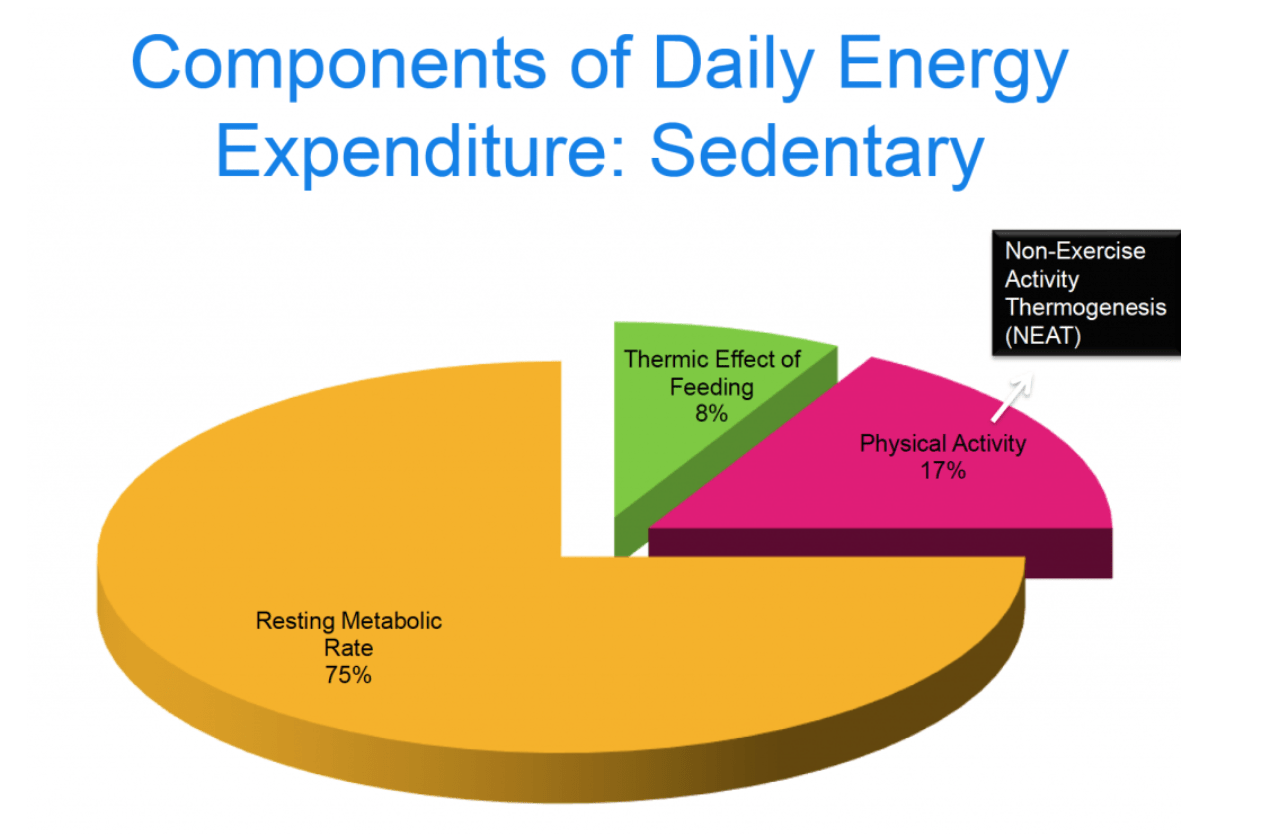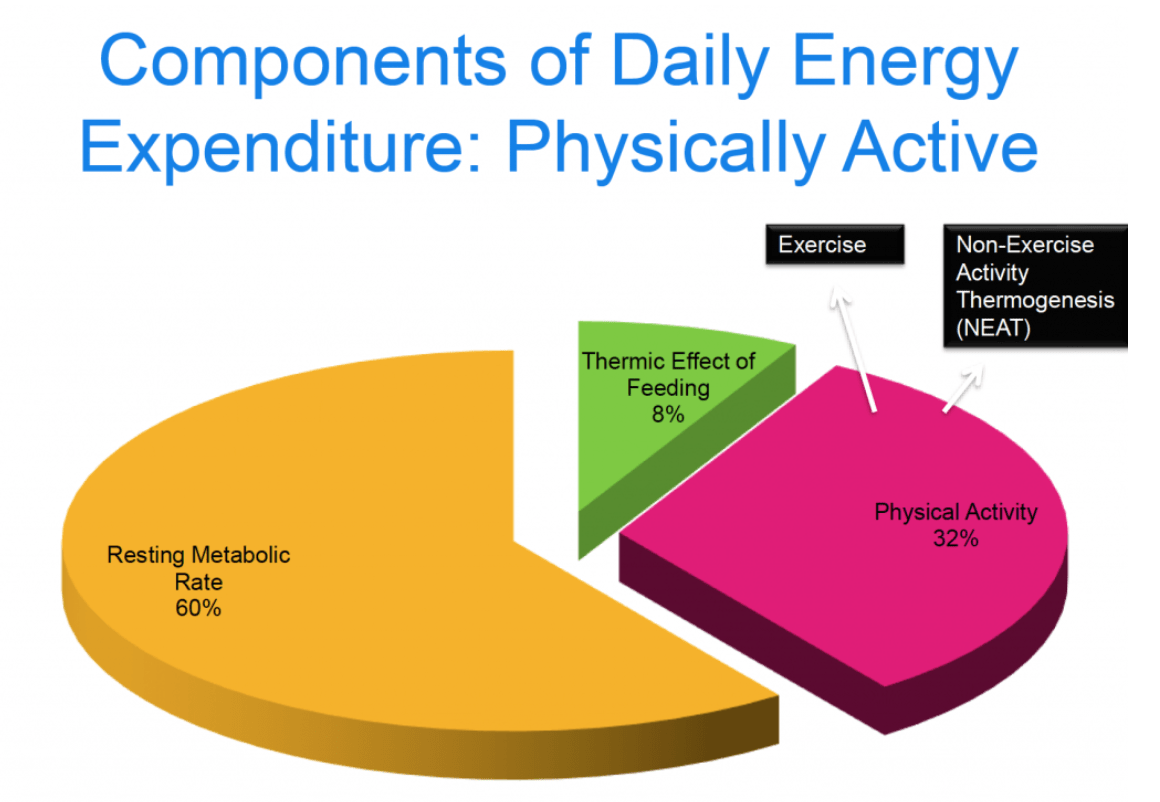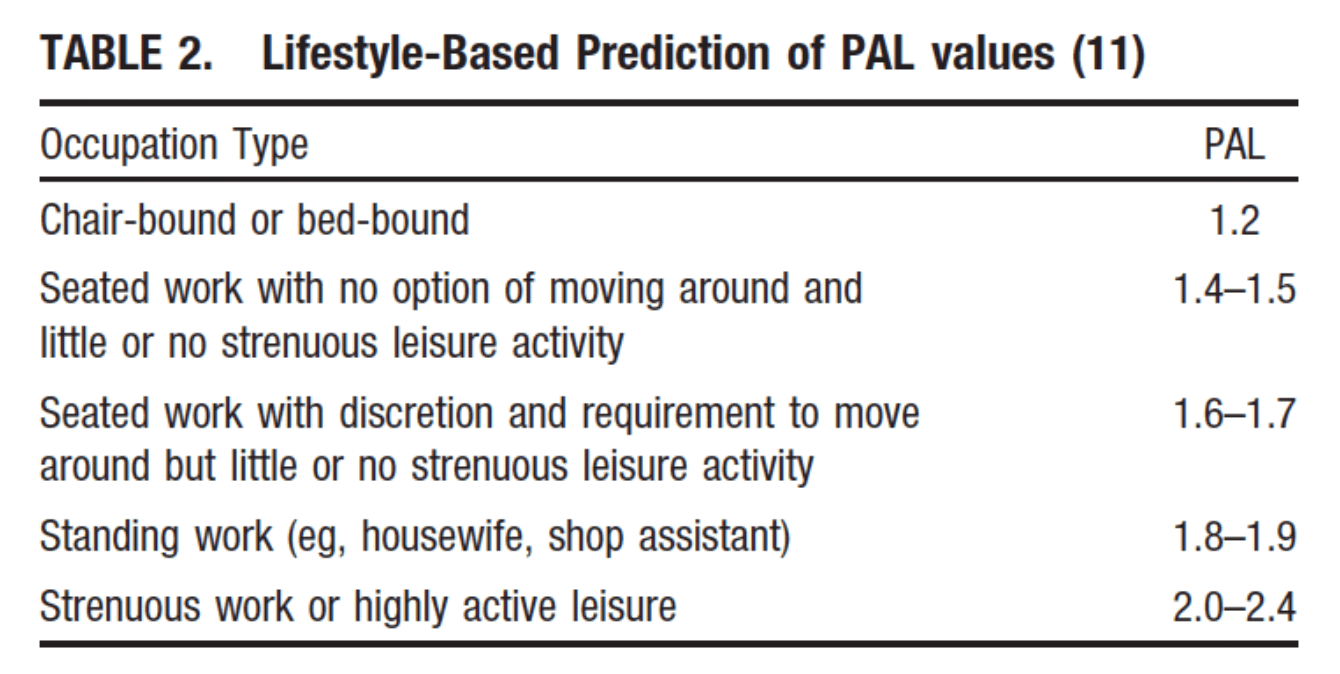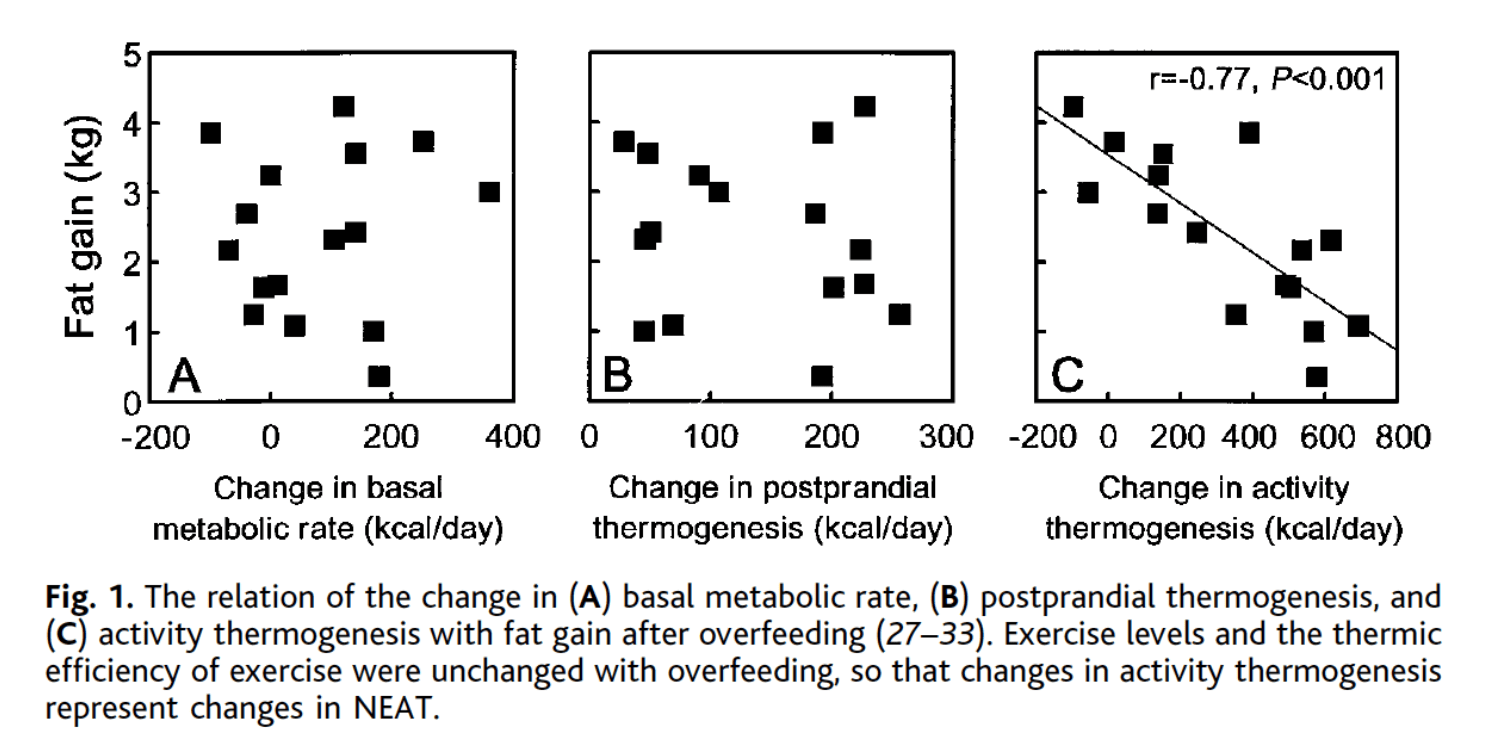
YOUR FITNESS BLOG
Personal Trainer Collective: Evidence-Based Exercise Part II
Introduction
The Personal Trainer Collective Conference – Bath, UK – April 23-24, 2016
The personal trainer collective (PTC) conference held in Bath, England on April 23-24, 2016 hosted some of the most well-respected exercise professionals in evidence-based fitness. In a previous post, we looked at content presented by Brad Schoenfeld and Alan Aragon. This post will introduce the remaining two speakers, Bret Contreras and James Krieger along their topic presented with practical application.
Bret Contreras – “The Glute Guy”
Bret Contreras was one of the four speakers at the PTC conference and is widely recognised as a leader in evidenced-based fitness, particularly in the area of posterior chain muscle and strength development. Contreras holds a Masters Degree from Arizona State University and a PhD in sports science from AUT University. Contreras is heavily involved in exercise science research and has contributed to a number of popular publications including Men’s Health, Men’s Fitness, Shape, and Oxygen in addition to still presently operating as a personal trainer.
Squat Exercise Technique
On day 2 of the conference, Contreras reviewed technique for the primary powerlifts including the squat, deadlift and bench press in addition to examining more isolated, posterior chain exercises like the hip thrust and good morning. In discussing technique for the squat, Contreras indicated that he utilises the dumbbell goblet squat as a primary exercise for teaching proper squatting mechanics. Contreras was adamant that full squatting is superior to partial squats with respect to strength and muscular development. The following are highlighted points made when performing a deep goblet squat:
Moderate Width Stance – A moderate width stance of about shoulder width or slightly less than shoulder width is maintained throughout the squat.
Foot Flare – Feet are turned outward slightly (approximately 30 degrees), which allow the hips to externally rotate (rotate outwards) and move more freely into the deep squat position.
Elbows Tucked – In a dumbbell goblet full squat, elbows are tucked around the dumbbell allowing for full clearance of the knees when descending into a full squat position.
Elbows Between Legs – In the bottom position of a dumbbell goblet full squat, the elbows fall in between the legs to maximise depth.
Spinal Position – A upright and neutral spine position is maintained throughout the entire range of a dumbbell goblet full squat. The back should not be flexed or hyperextended.
Feet Cautions – When descending into the bottom position of a full squat, there is caution to prevent foot pronation (rolling onto the big toe side) or caving-in of the feet, which will cause unwanted medial or inward dipping of the knees. Instead, balance should be maintain over the mid or whole foot and “pushing” through the heels when ascending from the bottom position.
Finish With Hips – In the last third of the squat range, the lift is completed with explosive hip extension that utilises the glutes and hamstrings to complete the movement.
Breathing – Breathing during the squat will vary depending on the load used. For maximal lifting, a held breath with abdominal brace is used at the start of the repetition to create intra-abdominal pressure and stabilise the spine. During sub-maximal, lighter load and generally higher repetition sets, breathing inward during the eccentric (lengthening) phase and outward during the concentric (shortening) phase is used.
Squat Exercise Anatomy And Mobility
On day 2, Contreras touched on reduced immobility and individual anatomy and how both elements can influence squatting mechanics. Specifically, Contreras talked about the requirement for sufficient ankle dorsiflexion during the full squat. This ankle movement brings the foot upward toward the shin and is important for achieving a low squat position. Insufficient ankle dorsiflexion typically leads to a compensatory pattern of foot pronation during the deep squat. As a resolution for this deficit, it is common for personal trainers to prescribe ankle mobility exercises to restore ankle dorsiflexion in addition to elevating the heels or advocating lifting shoes with heel lifts. However, resolution using ankle mobility exercises will not necessarily resolve the issue.
Contreras touched briefly on anatomy and its influence on squat mechanics. Limited ankle dorsiflexion can certainly be contributed by reduced ankle mobility, weakness or shortening of certain relevant structures. Or, it can be caused by anatomical structure whereby limitation is due to genetic formation of the ankle bones. In this instance, ankle mobility, stretching or strengthening would not resolve the issue.
Similarly, if a client presents with an anatomically short tibia (shin bone) relative to their femur (thigh bone), this will naturally cause a greater forward lean during the squat. Likewise, a disproportionally long relative femur length will lead to increased forward lean as well. These clients will undoubtably struggle to achieve depth in their squat, but not at the detriment of range of movement in the knees or hips, but rather anatomical structure. Tom Purvis’s video above explains this anatomical restriction well.
An individual that presents with proportionally long femur-to-tibia length in addition to a proportional torso will be anatomically optimal for squatting. This client may still present with immobility issues, however structurally they are optimal for the movement.
Practical Application
As personal trainers, we are responsible for our clients correct execution of each exercise. Given this, it highly important to demonstrate each exercise to identify proper technique. Often, verbal instructions are misinterpreted and can lead to increased injury risk for the client. Verbal and tactile cues are often required to facilitate a clients proper execution of an exercise and these cues should be customised appropriately to the response of each client.
There are a number of technical elements personal trainers must be aware of when instructing the squat, or any complex exercise. Acquiring correct knowledge of each exercise in addition to understanding possible compensatory patterns of movement are prerequisites for instructing proper technique.
Often, personal trainers fail to consider anatomical structure of their clients in the context of performing certain exercises like the squat and deadlift. For some clients, anatomy may restrict movement and subsequently hinder performance of a given exercise and it is important for personal trainers to understand the client is not at fault. Instead, more attention may be required to develop the exercise, or alternative exercises may be required to develop strength or hypertrophy in the targeted muscle groups.
James Krieger – “The Statistician”
James Krieger was one of four speakers that presented at the PTC conference. Krieger is a well respected researcher, speaker and scientist in evidenced-based fitness, specialising in the area of weight management. Krieger holds two Master’s degrees, one in Nutrition from the University of Florida, the other in Exercise Science from Washington State University. He is a licensed nutritionist and the former head of research for weight-loss and obesity management for Microsoft.
On Day 1 of the conference, Krieger spoke about weight management and the critical role of non-exercise activity thermogenesis (NEAT) in weight loss. In personal training, it is evident that many clients share the objective of weight loss. As a pre-requisite for achieving this goal, it is imperative to understand that, in healthy adults, weight gain occurs when energy intake persistently exceeds energy expenditure [3]. The knowledge that increasing daily NEAT can directly mitigate the effects of increased calorie consumption and greatly contribute to weight loss is highly applicable for personal trainers and their clients.
Non-Exercise Activity Thermogenesis (NEAT)
NEAT is the energy expenditure of all physical activities outside that of volitional sporting-like exercise, sleeping or eating [1]. NEAT does not encompass going to the gym for a workout, but rather includes all activities of daily living including walking, climbing stairs, typing, fidgeting, muscle tone, and maintenance of posture [1]. NEAT may be easier to conceptualise by considering all movements to activities during work and leisure hours [1].
What is the Daily Energy Expenditure of NEAT?
In sedentary individuals, daily energy expenditure is approximately 15% [2]. In physically active individuals, total daily energy expenditure is approximately 50% or more [2].
Measuring Non-Exercise Activity Thermogenesis
Neat can be measured by one of two approaches:
1. The first approach consists of measuring or estimating total NEAT. Here, total energy expenditure is estimated, then from it, basal metabolic rate (BMR) plus thermic effect of food (TEF) is subtracted [2].
2. The second approach is a factorial approach, whereby the components of NEAT are quantified, and the total NEAT is calculating by summing up these components [2].
- BMR is energy expended when lying at complete rest. It is largely (80%) calculated using lean body mass BMR = 25.3 x Lean Body Mass (kg) [5].
- TEF is energy expenditure associated with digestion, absorption and storage of food and represents approximately 10-15% of total daily energy expenditure [2].
Issues Measuring Non-Exercise Activity Thermogenesis
There are a few issues which make measuring NEAT levels problematic. First, the great variety of activities that encompass NEAT make it very challenging to define in terms of human energy expenditure [2]. Also, the time period of measurement needed to gain a representation of NEAT is not well understood. [2]. A measurement period of 7 days have been used to provide a representative assessment of NEAT for a given period (i.e. 3 or 4 months) [1]. However, this measurement period is only a rough estimation.
Weight Loss And Non-Exercise Activity Thermogenesis
The variance of NEAT among people can be substantial with as much as a 2000 kcal per day difference in energy expenditure [1]. Leisure activities alone, such as yard work, house cleaning or cycling after work, has the potential to impact total daily energy expenditure (TDEE) by up to 1000 kcal per day [1]. However, the most variance in NEAT levels between people is related to occupational differences [1]. Physical Activity Levels (PAL) values are commonly used to represent NEAT and is calculated by dividing TDEE by BMR [2]. For example, an office worker that performs sedentary desk work with a PAL of 1.6 and changes occupation to work in landscaping with a PAL of 2.4 could increase NEAT levels by 1200 kcal per day [2].
A study by Ravussin and colleagues (1986) demonstrated the high degree of variance in NEAT among individuals [4]. In this study, the authors confined 177 subjects (103 males, 74 females) individually to a constructed respiratory chamber [4]. The respiratory chamber was 3m long, 2.5m wide, and 2.5m high and furnished with a toilet, sink, sofa-bed, desk, char, table, television, radio and intercoms [4]. The chamber formed an open-circuit calorimeter where both oxygen consumption and carbon dioxide production of each subject could be continuously measured and fresh air could be continuously drawn through the chamber [4].
NEAT was assessed both by having subjects wear a wrist motion sensor and via motion sensors mounted in the chamber [4]. Each subject spent a total of 24-hours in the respiratory chamber [4]. The results showed that energy expenditure varied significantly in each individual from 138 to 685 kcal per day [4] and the variance in energy expenditure were due to variability in the degree of NEAT levels i.e. walking around within the chamber and fidgeting [4].
Interestingly, energy expenditure was greater among obese subjects at all times compared to those of thinner subjects [4]. This was due to the larger mass of active tissue and higher energy costs of NEAT among obese subjects [4]. The authors note that energy expenditure resulting from NEAT is “an important component in total 24-hour energy expenditure and therefore in energy balance” and, for recommendations of daily caloric needs, “more emphasis should be given to the level of general physical activity” [4].
In an attempt to understand the impact of NEAT on weight gain, Levine and colleagues (1999) measured changes in energy storage in individuals who were overfed for 8 weeks [3]. Sixteen non-obese adults (12 males and 4 females, 25 to 36 years of age) underwent measures of body composition and energy expenditure before and after 8 weeks of overfeeding 1000 kcal per day above their maintenance calories [3]. On average, subjects gained 4.7 kg over the 8 week study period and fat gains were the same in males in females [3].
The authors assessed basal metabolic rate and found that overfeeding increased BMR by an average of 5% accounting for 8% of the excess energy ingested [3]. Also, thermal effect of food was measured and found to increase by 14% with overfeeding, but did not correlate with fat gain [3]. Therefore, both BMR and TEF did not account for the large variability in fat gain among subjects [3]. Instead, the authors found NEAT to be the primary mediator of weight gain with overfeeding [3].
The average increase in NEAT (336 kcal per day) accounted for two-thirds of the increase in daily energy expenditure [3]. Changes in NEAT accounted for a 10-fold difference in fat storage that predicated resistance to fat gain with overeating. Lower values of NEAT correlated with the greatest weight gain, while those with higher NEAT were able to dissipate the excess energy so that excess calories were not stored as fat [3]. The graph below (Graph C) show the linear correlation between increased fat gain (kg) and decreased NEAT levels [3].
Practical Application
With the great majority of personal training clients sharing the goal of weight loss, understanding areas that directly impact weight gain and weight loss are crucial to facilitating a pathway toward this objective. In addressing the goal of weight loss, personal training focusses principally on progressive resistance and proper nutrition. While addressing both these areas will make positive contributions to a clients weight loss, assessing NEAT will undoubtably contribute the most to increasing daily caloric expenditure.
More recently, the media have popularised the recommendation of achieving 10,000 steps per day as a marker for adequate general activity with expected health benefits. This recommendation can be traced back to Japanese walking clubs and made popular by pedometer manufacturers [7]. However, presently, there is lack of direct evidence that accumulating any number of steps/day is associate with weight loss or reduced mortality. Although, previous studies have reported that 30 minutes of moderate physical activity (i.e. walking) equates to approximately 10,000 steps/day [7].
A study by Yamanouchi et al. (1995) showed that an exercise and diet group of individuals instructed to take 10,000 steps/day over a 6-8 week period lost an average of 7.7 kg (3.6 kg more than a control group averaging 4,000 steps/day) [8]. Although, the subjects in this study exceeded the set goal averaging >19,000 steps/day [8]. Still, normative data to date indicate that 10,000 steps is reasonable for healthy adults [6]. Although for low active populations, such as among the elderly and those living with chronic disease, incremental increases of 2,000 – 2,500 steps/day above 10,000 steps/day is recommended [6].
Many strategies for personal trainers exist to help promote increasing client NEAT levels. Those include, but are certainly not limited to:
- Walk to work
- Walk during lunch hour
- Walk after dinner
- Set up treadmill in front of TV
- Take stairs instead of escalator or elevator
- Park farther from destination
- Walk to co-worker’s desk instead of emailing or calling them
- Get off a stop early and walk
- Walk the dog more frequently
- Purchase a pedometer or accelerometer to set daily step goals
Educating clients on NEAT and the importance of maintaining adequate daily general movement for goals including weight loss are highly important and an essential component of our personal training service. In assessing NEAT, we use pedometers with our clients as a simple, yet effective, method for gathering information related to daily, general movement. This information is then utilised in combination with structured exercise and nutrition to accelerate the process of goal achievement.
For more information on our services please click here to read more.
References:
1. Levine, J. A. et al. 2006. Non-Exercise Activity Thermogenesis. The Crouching Tiger Hidden Dragon of Societal Weight Gain. Arteriosclerosis, Thrombosis, and Vascular Biology. April. Vol. 26, No. 4, pp. 729-736.
2. Levine, J. A. 2004. Nonexercise activity thermogenesis (NEAT): environment and biology. American Journal of Physiology, Endocrinology and Metabolism. May. Vol. 285. No. 5. E675-685.
3. Levine, J. A. et al. 1999. Role of Nonexercise Activity Thermogenesis in Resistance to Fat Gain in Humans. Science. January. Vol. 283, No. 5399, pp. 212-214.
4. Ravussin, E. et al. 1986. Determinants of 24-hour energy expenditure in man. Methods and results using a respiratory chamber. The Journal of Clinical Investigation. December. Vol. 78, No. 6, pp. 1568-1578.
5. Schuler, L. & Aragon, A. 2014. The Lean Muscle Diet. Rodale Inc. New York.
6. Tudor-Locke, C. et al. 2011. How many steps/day are enough? For adults. The International Journal of Behavioural Nutrition and Physical Activity. July. Vol. 8, No. 79, pp.1186/1479-5868-8-79.
7. Tudor-Locke, C. & Bassett DR Jr. 2004. How many steps/day are enough? Preliminary pedometer indices for public health. Sports Medicine. Vol. 34, No. 1, pp.1-8.
8. Yamanouchi K et al. (1995). Daily walking combined with diet therapy is a useful means for obese NIDDM patients not only to reduce body weight but also to improve insulin sensitivity. Diabetes Care. Vol. 18, No. 6, pp. 775-778.

Did you find this content valuable?
Add yourself to our community to be notified of future content.





